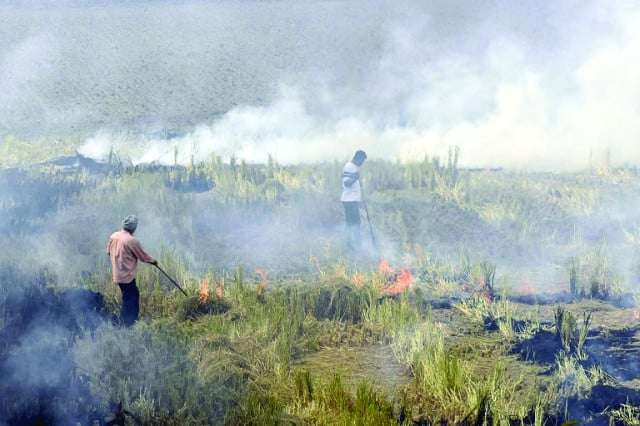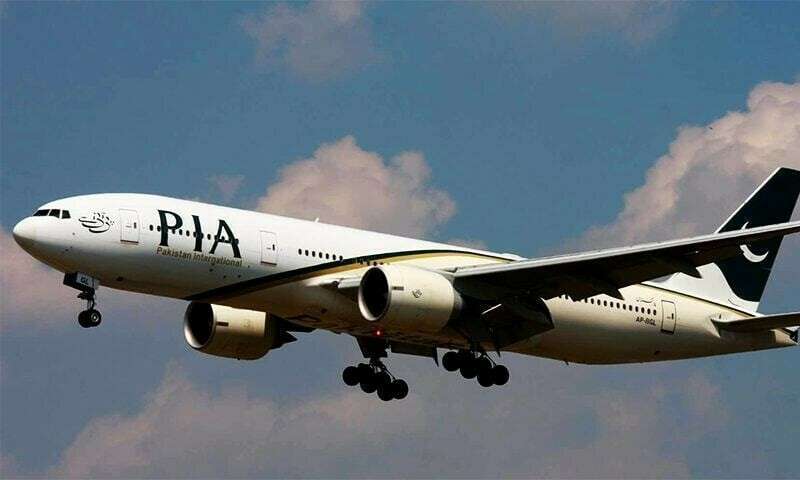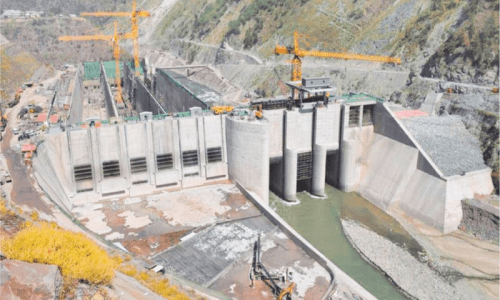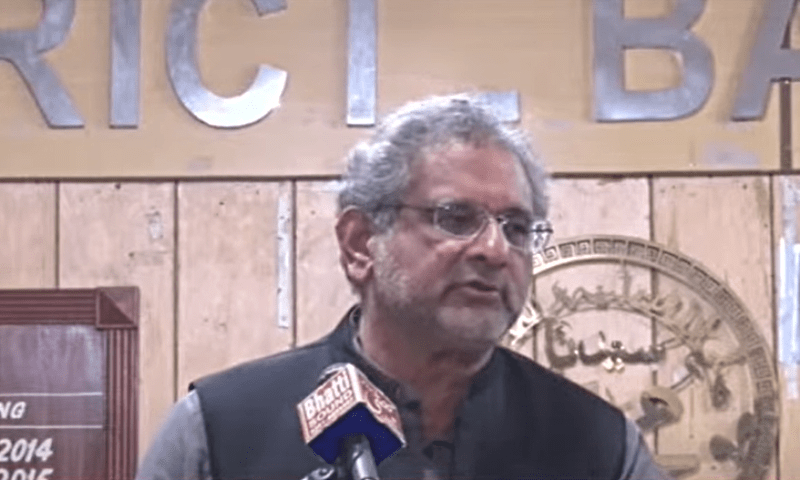ISLAMABAD: In December 1952, a dense smog engulfed Greater London, causing severe respiratory issues and resulting in over 4,000 deaths within two weeks. The combination of below-freezing temperatures, a high-pressure system, and the complete absence of wind led to unique temperature inversions in the Thames Valley, trapping smoke particles generated by the burning of fuel. This widespread smog forced the London government to identify and address the root cause.
The London Smog Crisis and Its Resolution
Identifying the Culprit
The London government discovered that domestic coal-based fires were the biggest contributors to the smog. As a ratio of the coal burnt, domestic fires produced twice as much smoke as industrial sources. This revelation led to the passing of The Clean Air Act 1956, which introduced “smokeless zones.” In these areas, emitting smoke from homes became an offense. This, along with other drastic measures, helped London avoid such severe smog for the next 70 years.
Clean Air Act 1956
The Clean Air Act 1956 was pivotal in reducing London’s air pollution. By designating smokeless zones and enforcing strict regulations on emissions, London managed to drastically cut down on the amount of smoke in the air. This act serves as a valuable lesson for cities around the world facing similar challenges.
Lahore’s Smog Crisis in 2024
Current Situation
Fast forward to 2024, smog has become an unofficial fifth season for most of Pakistan, particularly in Lahore. Unlike London, the Pakistani government has struggled to pinpoint a definitive cause. Various factors are often cited, such as emissions from transport and industrial sectors. However, it is apparent that the primary trigger lies with crop and trash burning practices in winters.
Crop Residue Burning
In Pakistan’s rice-wheat rotation cropping system, the tight schedule of harvest-to-sowing transition compels farmers to burn crop residue. The residue of rice and wheat crops is not suitable for animal fodder or biofuel, making it a nuisance for farmers to manage. Pre-monsoon residue burning is somewhat manageable due to higher temperatures, but post-monsoon burning in November exacerbates the situation due to colder weather.
Policy Recommendations for Pakistan
Enforcing a Ban on Crop Residue Burning
The first burning question for policymakers is whether the government can enforce a ban on crop residue burning. While political reasons and enforcement difficulties make a ban challenging, the government can discourage the practice. Offering interest-free credit or cash prizes for green practices to farmers who avoid stubble burning is a feasible solution. Verification of compliance can be done using GIS data from satellites for October and November.
Reducing Transport Activity
However, this policy alone won’t suffice. During the Covid-19 lockdowns in November 2020, despite prevalent stubble burning, the smog levels were manageable due to reduced transport activity. This suggests that crop burning is not the sole culprit. For November and December, the government’s goal should be to minimize transport activity during early morning and evening hours. Offices should open at 10 am and close at 4 pm, with remote work encouraged. Schools, if open, should operate from 11 am to 3 pm. Commercial activities should halt after evening hours, and a lockdown should be enforced during peak smog periods.
Restricting Construction Activity
Construction activities should be banned in winter, with certain exceptions. Industrial zones should be relocated away from residential areas, and regulations should prevent any residential schemes or settlements within a 30 km radius of industrial zones. These measures can significantly reduce the pollution contributing to smog.
Phasing Out Solid Fuels
In rural Punjab, the burning of solid fuels like wood and coal for heating is a significant factor in systemic smog. London’s successful phasing out of solid fuels for households can serve as a model. Similarly, the Polish city of Rybnik faced severe smog until they implemented a clean fuel policy for households. This policy replaced old stoves with modern heating installations running on renewable energy sources. Financial subsidies and strict controls ensured compliance, reducing Rybnik’s smog days from four months in 2014 to just half a month in 2024.
Transforming Lahore’s Approach to Smog
This transformation is precisely what Pakistan needs to avoid the looming climate crisis. By adopting a multi-faceted approach that includes discouraging crop residue burning, minimizing transport and construction activities during peak smog periods, and phasing out solid fuels, Lahore can significantly reduce smog levels.
FAQs
1. What are the main causes of smog in Lahore?
The main causes of smog in Lahore are emissions from transport and industrial sectors, and crop and trash burning practices, particularly during the winter months.
2. Can the government enforce a ban on crop residue burning?
While a complete ban may be challenging due to political and enforcement issues, the government can discourage the practice through incentives such as interest-free credit or cash prizes for farmers who adopt green practices.
3. What measures can reduce transport-related emissions during peak smog periods?
To reduce transport-related emissions, the government can implement measures such as adjusting office and school hours to avoid peak smog times, encouraging remote work, and enforcing a lockdown on commercial activities during evenings.
4. How can construction activities be managed to reduce smog?
Construction activities should be restricted during the winter months, with only essential projects allowed to continue. Industrial zones should be relocated away from residential areas to minimize pollution.
5. What lessons can Lahore learn from London’s and Rybnik’s experiences with smog?
Lahore can learn valuable lessons from London and Rybnik by implementing comprehensive policies to phase out solid fuels, enforcing strict regulations on emissions, and offering financial incentives to encourage the transition to cleaner energy sources.
SEE ALSO:
https://flarenews.pk/2024/11/25/india-dominates-australia-in-perth-test-with-a-295-run-victory/



